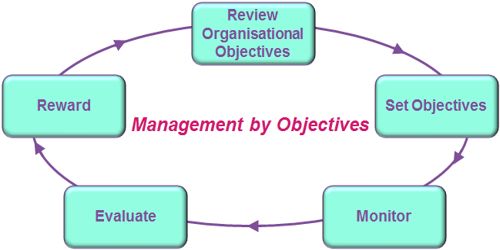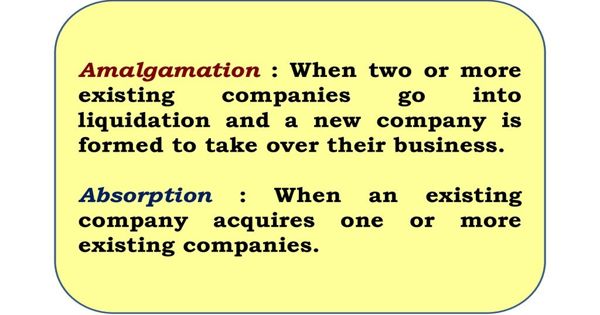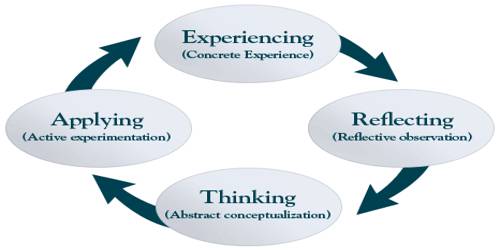Management by Objectives (MBO)
It aims to increase organizational performance by aligning goals and subordinate objectives throughout the organization. Ideally, employees get strong input to identify their objectives, time lines for completion, etc. MBO includes ongoing tracking and feedback in the process to reach objectives. Management by Objectives (MBO) was first outlined by Peter Drucker in 1954 in his book ‘The Practice of Management’. In the 90’s, Peter Drucker himself decreased the significance of this organization management method, when he said: “It’s just another tool. It is not the great cure for management inefficiency. Management by objectives work if you know the objectives, 90% of the time you don’t.”
Core Concepts
According to Drucker managers should “avoid the activity trap”, getting so involved in their day to day activities that they forget their main purpose or objective. Instead of just a few top management, all managers should:
Participate in the strategic planning process, in order to improve the implement ability of the plan and implement a range of performance systems, designed to help the organization stay on the right track.

Managerial Focus
MBO managers focus on the result, not the activity. They delegate tasks by “ negotiating a contract of goals’ with their subordinates without dictating a detailed roadmap for implementation. Management by objectives (MBO) is about setting yourself objectives and then breaking there down into more specific goals or key results.
Main Principle
The principle behind Management by Objectives (MBO) is to make sure that everybody within the organization has a clear understanding of the aims, or objectives, of that organization, as well as awareness of their own roles and responsibilities in achieving those aims. The complete MBO system is to get managers and empowered employee acting to implement and achieve their plans. Which automatically achieved those of the organization.
Advantages
The MBO approach overcomes some of the problems that arise as a result of assuming that the employee traits needed for job success can be reliably identified and measured. Instead of assuming traits, the MBO method concentrates on actual outcomes. If the employee meets or exceeds the set objectives, then he or she has demonstrated an acceptable level of job performance .Employees are judged according to real outcomes and not on their potential for success, or on someone’s subjective opinion of their abilities. The guiding principle of the MBO approach is that direct results can be observed, whereas the traits and attributes of employees (which may or may not contribute to performance) must be guessed at or inferred. The MBO method recognizes the fact that it is difficult to neatly dissect all the complex and varied elements that go to make up employee performance. MBO advocates claim that the performance of employees cannot be broken up into so many constituent parts – as one might take apart an engine to study it. But put all the part together and the performance may be directly observed and measured.
Disadvantages
MBO methods of performance appraisal can give employees a satisfying sense of autonomy and achievement. But on the downside, they can lead to unrealistic expectations about what can and cannot be reasonably accomplished.
Supervisors and subordinates must have very good “reality checking” skills to use MBO appraisal methods. They will need these skills during the initial stage of objective setting, and for the purposes of self-auditing and self-monitoring. Unfortunately, research studies have shown repeatedly that human beings tend to lack the skills needed to do their own “reality checking”. Nor are these skills easily conveyed by training. Reality itself is an intensely personal experience, prone to all forms of perceptual bias.
One of the strengths of the MBO method is the clarity of purpose that flows from as also. It has become very apparent that the modern organization must be flexible to survive. Objectives, by their very nature, tend to impose certain rigidity.
Of course, the obvious answer is to make the objectives more fluid and yielding. But the penalty for fluidity is loss of clarity. Variable objectives may cause employee confusion. It is also possible that fluid objectives may be distorted to disguise or justify failures in performance.
Information Source:
















